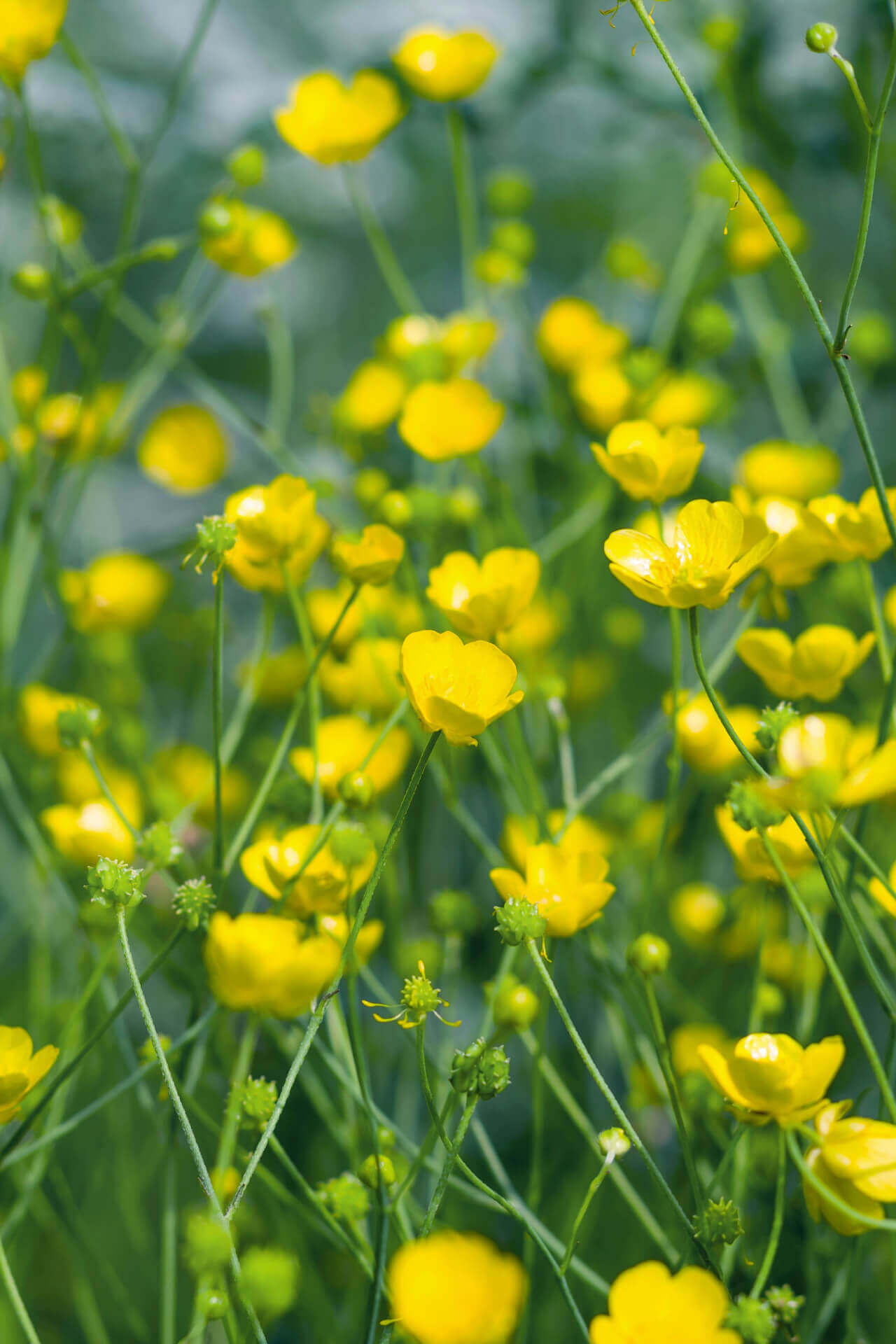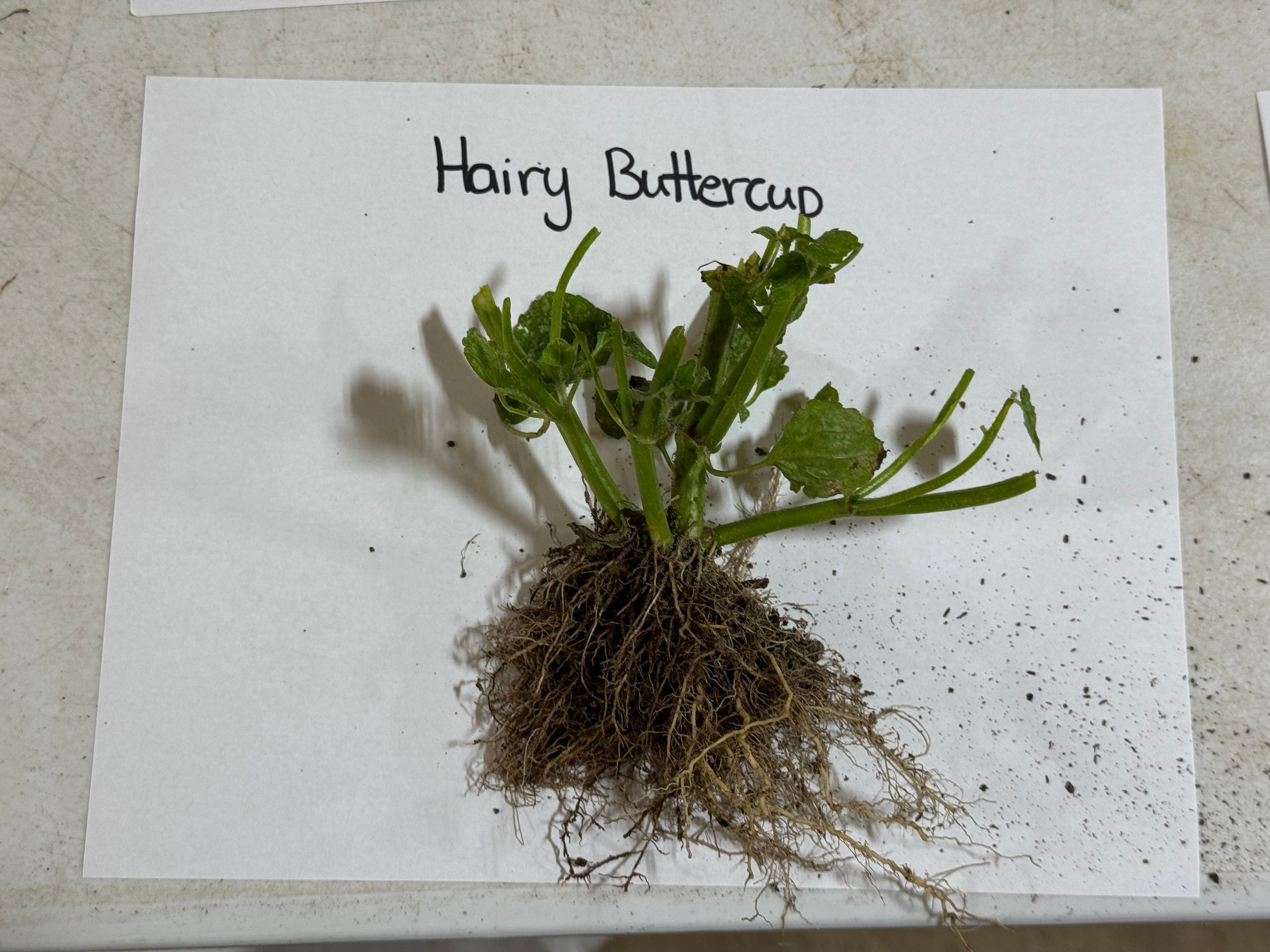Hairy Buttercup For Sale
The Hairy Buttercup is a close sibling of the Creeping Buttercup, and gets its name from its hairy stem. This weed is native to the Canary Islands, North Africa, and Europe and was introduced to the United States, where it is now considered invasive. The hardy, winter annual perennial is commonly found in wetlands, especially in eastern US states.
Plant Details - Hairy Buttercup
Family: Ranunculaceae
Light Requirement: Full Sun
Water Needs: Moderate - Heavy
Height: Up to 20 in
Spread: 3-8 in
Growth Rate: Rapid
Soil Preference: Moist, Well-drained
Bloom Time: April - June
Flower Color: Yellow
Wildlife Value: Attracts pollinators
Notable Characteristics - Hairy Buttercup
The Hairy Buttercup is an adorable yellow blossom atop a mess of green leaves. The stem is sturdy and tall with multiple branches, which are covered in thick, white hairs. The leaves are thin with multiple leaflets, creating a lacy effect in their foliage. The flowers themselves have five petals and five, relaxed sepals which curve back from the petals and point downwards.
The unique sepal position is a good way to distinguish this plant from its Ranunculus siblings. Unlike the Creeping Buttercup, these hairy flowers have no stolons, horizontal stems that grow above the soil. Instead of pushing out new buds along the ground, this plant grows straight up, reaching 20 in under good conditions.
Landscape and Maintenance of Hairy Buttercup
This weedy, delicate plant favors meadows, fields, pond margins, and lowlands, as it prefers moist, well-drained soil. The hardy plant thrives in disturbed or otherwise anthropogenic areas because it can grow untamed. The wild, lush plants provide pollinators with nectar and pollen, attracting bees, butterflies, wasps, and flies.
The yellow blooms may quickly outcompete native turf in your lawn or garden, and will easily evade the mower because they grow so low to the ground. Take care to cut them back where they are unwanted! Despite its aggressive nature, the Hairy Buttercup is a cheerful beauty to find in your garden through the spring.
Exposure
Hairy Buttercup (Ranunculus sardous) thrives partially to fully in the sun. It favors bright light but can accept some shade. Ensuring adequate light exposure will help it maintain its vibrant yellow blooms and overall health.
Height at Maturity
Under 12"
Usage
Groundcover
Shipped As
Bare-root
Ships
USPS
Planting Zones
8-9




